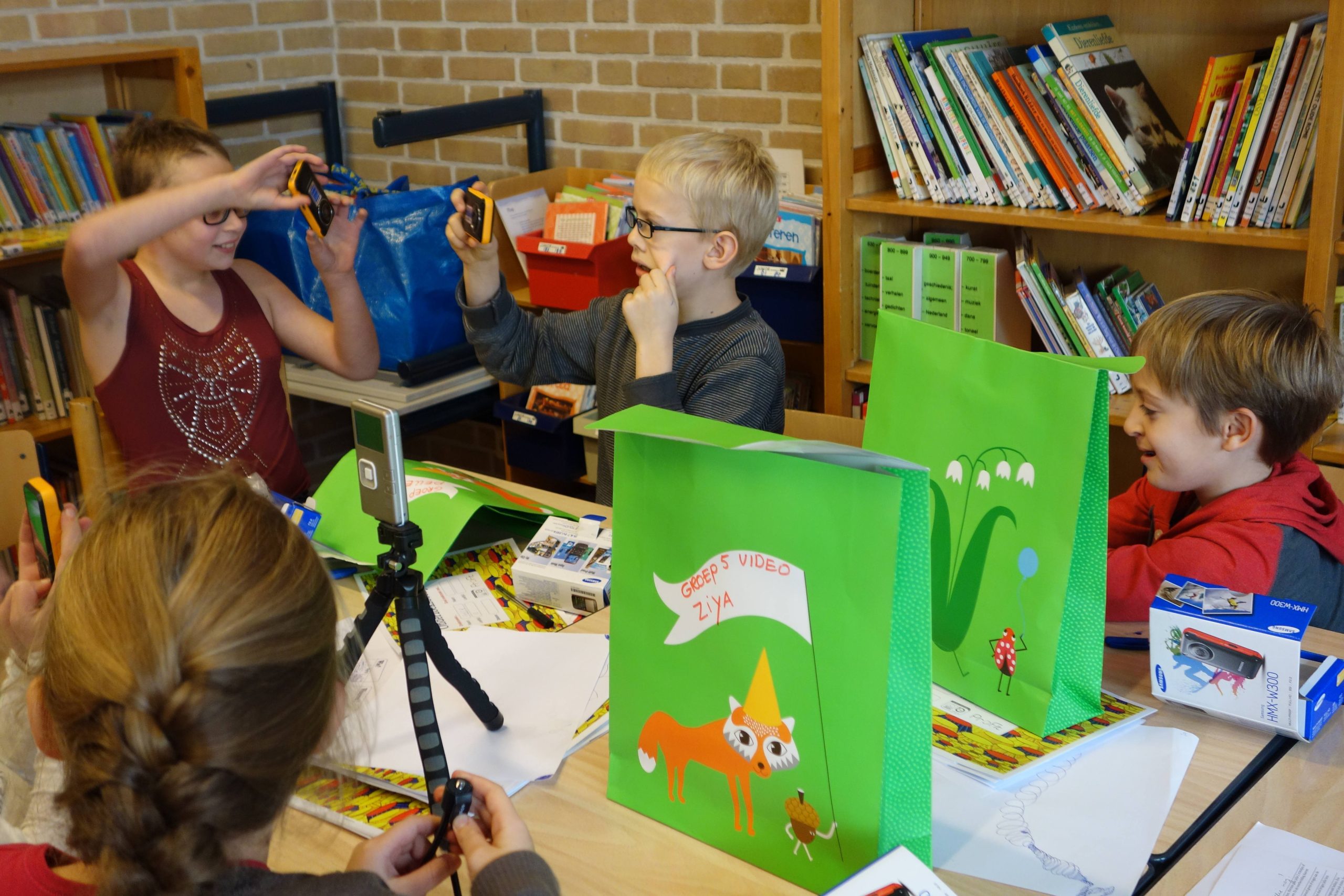In January, a group of 9 and 10-year-olds at the Max Havelaarschool in Delft became industrial design researchers for TU Delft. Armed with video cameras, audio recorders and the revelation that they are experts, they set out to interview friends about life on the playground.
Industrial Design Engineering PhD candidate Fenne van Doorn coordinated the research as part of her thesis, “Design research by proxy: Participants (children) as research collaborators”. The project was the third in a series of partnerships with Delft schools in which Van Doorn has taught children how to conduct research through interviews. Her own work, funded by ProFit, is rooted in the notion of co-creation, which gives the people who will ultimately use the products designed—in this case, children—an active role in figuring out what will make a new product an appealing one. In the process, children get out of the classroom, and it becomes “obvious that they are the experts and researchers”, says Van Doorn.
Over the course of her research, Van Doorn and her advisor, Assistant Professor Mathieu Gielen, realized that many kids take their own toys (such as footballs and magnifying glasses) with them when they go to the playground. She enlisted the Max Havelaarschool students to find out exactly how children play with these toys at a playground. Specifically, how they feel about loaning and borrowing their own things. To do so, Van Doorn and Gielen visited the classroom three times, guiding the students through the research process, central to which were two interviews conducted by each child outside of class time. “They really take that seriously,” says Van Doorn. “They take really good notes”.
With the data collected, Van Doorn will watch and analyse every single interview. She says that many kid-to-kid interviews include two layers. The “official interview” in which they ask the obvious questions, and the “unofficial interview”, made up of spontaneous, whispered comments. “And these whispers are often the most valuable”, she says. The ProFit designers then work with the anonymous personas that the children create, based on commonalities among those interviewed. “These are very inspirational for designers”, Van Doorn says. Then, the magical process of envisioning innovative playground begins.
Children’s input as end-users is critical, according to Van Doorn. “We [adults] don’t remember as well as we think”, she says. Children are “not limited by experience”, adds Gielen, “they come up with…quite unexpected, out-of-the-box ideas”. According to group six co-teacher Anja Orelio, the children “were very enthusiastic and liked” the project. “Everyone did the assignment—that says enough”.
Note: The author of this aritcle has a child who participated in the project.



Comments are closed.